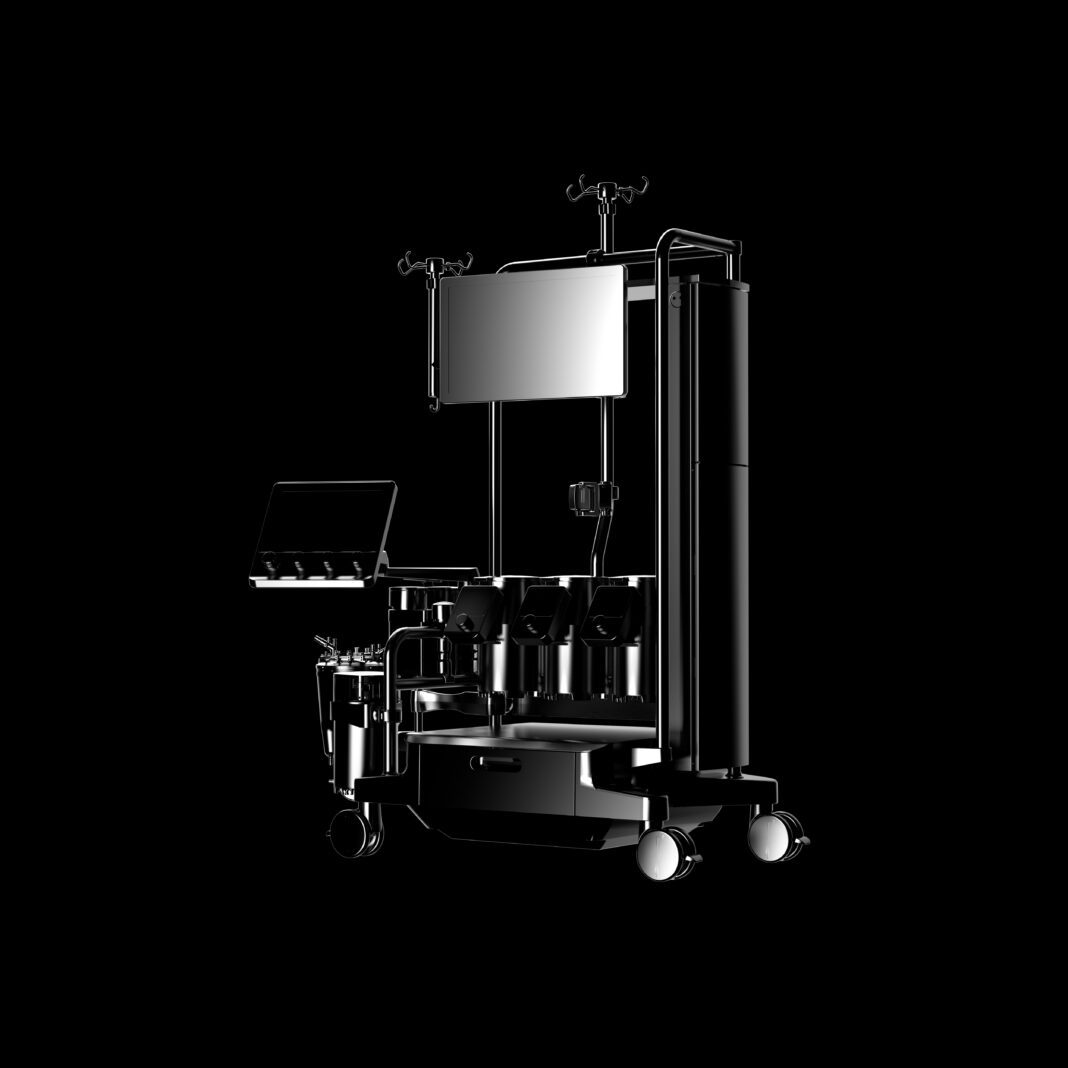LivaNova PLC (NASDAQ: LIVN), a market-leading medical technology and innovation company, today announced receipt of regulatory approvals and the start of a targeted commercial launch for the Essenz™ Patient Monitor.
The transformative monitoring system uses a patient-tailored approach to improve clinical efficiency and quality of patient care during cardiopulmonary bypass (CPB) procedures.
Having recently received U.S. Food and Drug Administration 510(k) clearance and CE Mark, LivaNova initially launched the Essenz Patient Monitor in the U.S. and Europe in hospitals that were involved in its user-centric design and development program.
Additionally, the patient monitor provides important decision-making support for the perfusionist during the entire CPB procedure, is compatible with the LivaNova S5™ heart-lung machine and will be a key feature of the complete Essenz Perfusion System, which encompasses a next-generation heart-lung machine. The Essenz Perfusion System is currently under development and is expected to launch in stages later this year beginning with limited commercial launches.
“The Essenz Patient Monitor provides advanced and insightful data through one central screen and supports us in making data-driven decisions throughout a case,” said Ed Overdevest, Clinical Perfusionist, Heartbeat, Catharina Hospital, Eindhoven, The Netherlands, which was the first location to adopt the patient monitor for clinical use. “With the monitor, we can individualize the patient management strategy using features such as the intra-operative quality indicator threshold and goal-directed perfusion modules. The combination of insightful data with an intuitive interface enabled our team to implement it for clinical use in the operating room almost immediately.”
The Essenz Patient Monitor is the result of extensive consultation with perfusionists and is based on 30 years of LivaNova experience informing clinical outcomes using patient data and establishing goal-directed perfusion (GDP) as the standard of care. GDP is a set of parameters monitored during CPB to optimize perfusion, aiming to reduce mortality risk and minimize postoperative complications.1
Key benefits of the Essenz Patient Monitor include:
- Intra-operative quality indicator threshold and GDP modules to allow an individualized patient management strategy throughout the case;
- Intuitive graphical user interface (GUI) displays patient parameters continuously during a case;
- State-of-the-art software architecture complies with the latest standards to ensure relevance and alignment with market requirements; and
- Seamless integration with operating room external devices and electronic medical record systems complies with latest cybersecurity requirements, meant to safeguard patient data integrity and quality.
Further, the Essenz Patient Monitor is backed by a responsive service team of dedicated, local engineers and a global support center to optimize operational performance.
“The Essenz Patient Monitor is the result of an intense user-centric design process we have undertaken with perfusionists,” said Marco Dolci, President, Cardiopulmonary at LivaNova. “We worked to combine the clinical wisdom of perfusionists with our Company’s legacy of providing safe and reliable cardiopulmonary equipment. As we look forward to the launch of the complete Essenz Perfusion System, we are eager to usher in a new era of perfusion where advanced interpretation of data provides greater value and support to perfusionists as they perform life-saving duties.”
Learn more about the Essenz Patient Monitor and the entire Essenz Perfusion System on the LivaNova website.
Note: The Essenz Perfusion System is not available for sale. It is currently in development and is intended to be approved by relevant authorities. Information around the Essenz Perfusion System is only available in selected geographies.
Reference
1 Dijoy, Laurie et al. “The History of Goal-Directed Therapy and Relevance to Cardiopulmonary Bypass.” The journal of extra-corporeal technology vol. 47,2 (2015): 90-4.

